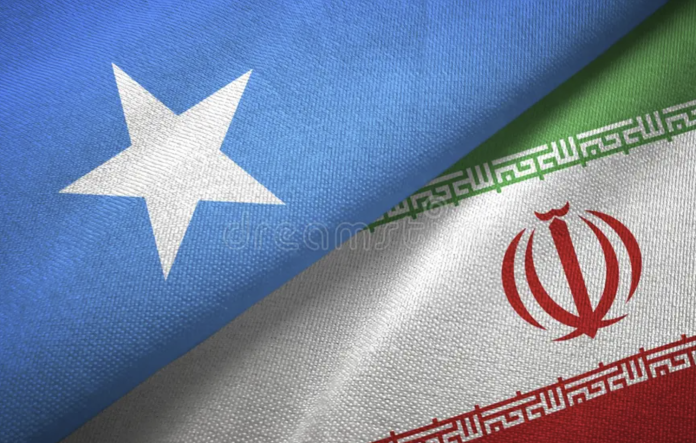MOGADISHU, Somalia — Somalia is emerging as the latest front in Iran’s expanding network of influence as the Islamic Republic leverages regional proxies to entrench itself in one of the world’s most strategically significant corridors: the Red Sea.
While the militant group al-Shabaab has long been a destabilizing force in Somalia, its renewed strength—marked by recent battlefield gains—appears to be supported by external backers. Chief among them is Iran, operating through its Yemeni proxy, the Houthi rebels.
Al-Shabaab’s comeback
After suffering major defeats in 2022, al-Shabaab is mounting a forceful return. In recent months, the group has seized key towns north and south of the capital, Mogadishu, reconnecting fragmented strongholds and pressing dangerously close to the city’s outskirts.
This resurgence coincides with increased reports of foreign backing. In 2017, Iran reportedly allowed al-Shabaab to use its ports to bypass UN sanctions. More recently, intelligence assessments and UN monitoring reports have confirmed renewed collaboration between al-Shabaab and Iran’s primary regional partner, the Houthis.
According to a February 2025 UN report, senior leaders from al-Shabaab and the Houthis met in Somalia in July and September 2024. These meetings reportedly focused on weapons transfers, training coordination, and intelligence-sharing. Analysts say the Houthis—already receiving advanced weapons and intelligence from Tehran—are acting as a bridge between Iran and extremist factions in the Horn of Africa.
The Red Sea corridor
Iran’s influence in Somalia extends beyond ideology or tactical cooperation. It has strategic implications for the entire region—particularly the Red Sea, one of the world’s most critical maritime routes.
From November 2023 through May 2024, Houthi operatives reportedly traveled to Somalia to gather maritime intelligence in exchange for weapons. A UN panel of experts reported that in October 2024, nearly a third of Houthi attacks on Red Sea shipping targeted vessels outside Yemen’s radar range. This suggests that the Houthis may be receiving targeting data from Somali territory—possibly via al-Shabaab-controlled zones.
Somali security forces have already intercepted a weapons shipment from Yemen operated by Somali nationals. Meanwhile, al-Shabaab has vowed to escalate piracy in the Red Sea—and maritime disruptions have risen accordingly.
This convergence of actors, driven by Iran’s long-standing doctrine of proxy warfare, threatens the stability of global trade and undermines regional security efforts by the United States, Saudi Arabia, and African Union forces.
Strategic realignment
Experts say the collaboration between Iran, the Houthis, and al-Shabaab represents a shift in Iran’s foreign policy strategy—an evolution of what some now call “Axis of Resistance 2.0.” Instead of relying solely on Middle Eastern alliances, Iran is embedding itself in Africa’s ungoverned spaces.
“Iran is at the center of all this,” said Guled Ahmed, a Somali political analyst at the Middle East Institute. Danny Citrinowicz, a former Israeli military intelligence officer and fellow at the Institute for National Strategic Studies, describes the Houthis’ growing presence in Africa as “the tip of the [Iranian] spear.”
Citrinowicz also warns that ideological differences between these actors are becoming irrelevant as long as strategic interests align. The Houthis, he says, are now acting as Iran’s African proxy—building operational capabilities, training local actors, and potentially planning expanded maritime operations in the region.
Yemen-based journalist Abdullah Mohsen al-Shadli agrees, stating: “What better way [for Iran] than forming ties with extremist groups in Somalia, where the chaos closely mirrors Yemen’s situation?”
A global wake-up call
The emerging crisis in Somalia is not just a national emergency but a geopolitical fault line. If al-Shabaab continues to gain ground, supported by Iranian-backed networks, Somalia could become a launchpad for broader regional disruption.
The stakes are high. The Red Sea handles more than 10 percent of global trade, including energy supplies. Any actor capable of disrupting this corridor—whether through piracy, proxy militias, or state-sponsored sabotage—gains massive leverage on the world stage.
Iran appears to understand this well. Through a combination of opportunism, proxy alignment, and strategic patience, it is building influence where others have disengaged. Somalia, long neglected by international policymakers, may now be the newest—and most dangerous—piece of that puzzle.


